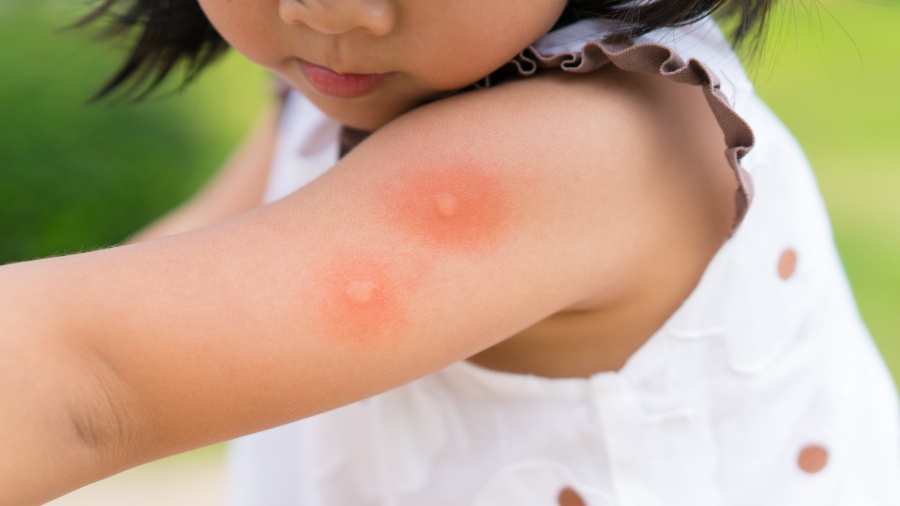A state health department survey by entomologists across Bengal revealed that 50 per cent of mosquito breeding sites were unused containers and other discarded materials out in the open.
Health officials said the survey shows how slack cleanliness drives and vector-control measures were responsible for the steep rise in dengue cases in Calcutta and the rest of Bengal.
Bengal this year has witnessed 59,000 dengue cases so far. On Tuesday, the state reported 827 dengue cases.
“Our entomologists in Calcutta and districts collected samples from hospitals, residential areas and other many places across Bengal. They submitted a report to us that showed that discarded materials and unused containers in the open were 50 per cent of the (Aedes aegypti) mosquito breeding sites,” said director of health services Siddhartha Neogi.
However, surveyors also found larvae in stored water at homes and behind refrigerators.
The health department has forwarded this information to urban and rural development departments and requested a clean-up of all such mosquito-breeding hubs.
Several public health experts have said destroying the breeding sources of Aedes aegypti was vital to curb dengue.
Responsible behaviour of citizens also has a big role to play, Neogi said.
Chief minister Mamata Banerjee has called a special meeting on November 21 at Nabanna to review the dengue situation.
At an administrative meeting in Ranaghat last week, she directed urban and rural bodies across the state to intensify cleanliness drives and claimed mosquitoes multiplied during the festive season as puja pandals were not dismantled properly, creating pockets for water to collect.











